Ragdoll
Die Ragdoll-Katze ist für ihre sanfte und ruhige Natur bekannt. Ihr entspanntes Wesen macht sie zu einer idealen Therapiekatze, insbesondere in Umgebungen, in denen Ruhe und Gelassenheit gefragt sind. Ragdolls sind bekannt für ihre Tendenz, in den Armen ihrer Besitzer zu „schmelzen“, was zu ihrem Namen beigetragen hat.
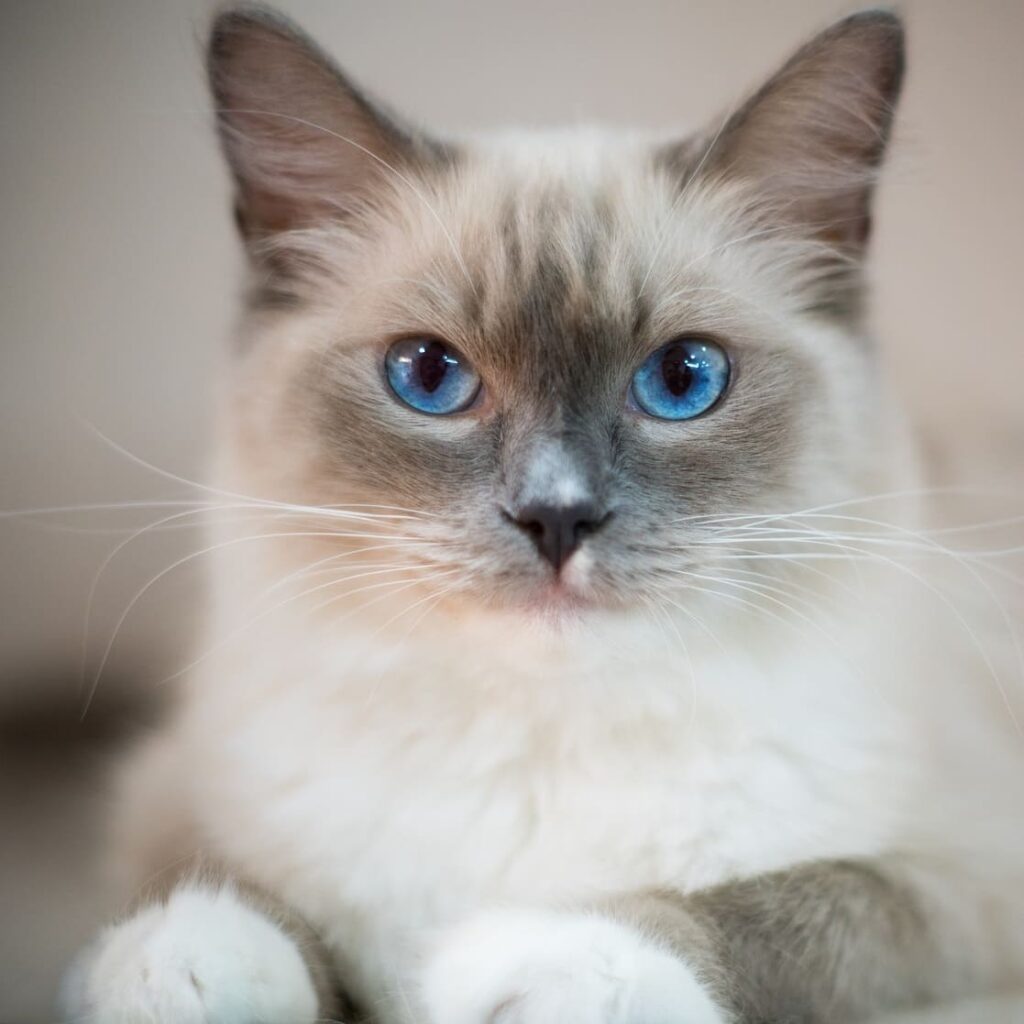
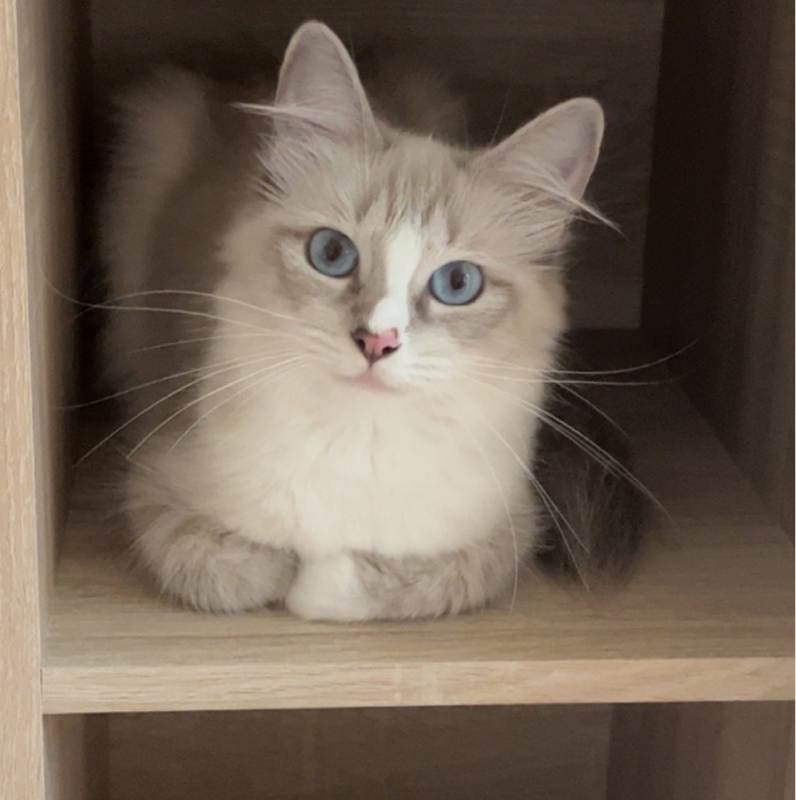
Maine Coone
Maine Coons, one of the largest domestic cat breeds, are known not only for their impressive size but also for their friendly and playful temperament. They are sociable and enjoy interacting with people, making them excellent therapy cats.
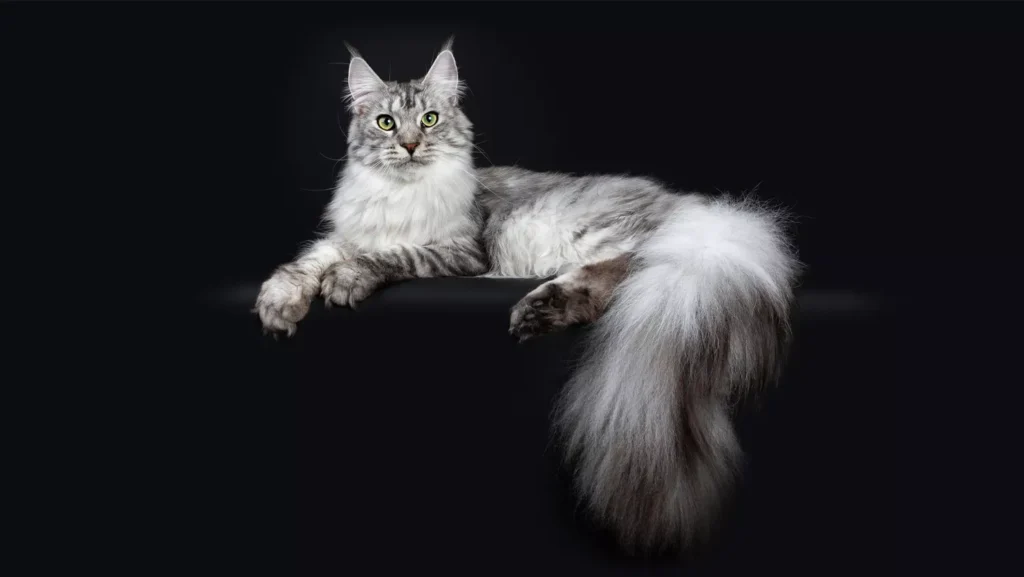
Siamese cats
Siamese cats are known for their lively personalities and strong bonds with their humans. They are communicative and often seek close contact with people, making them great companions for therapy sessions.
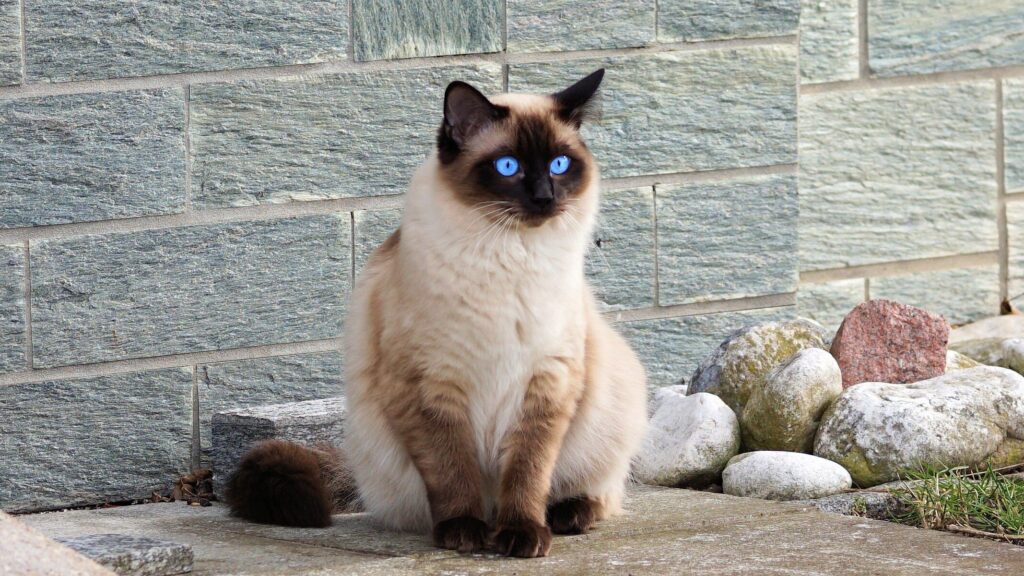
Birman cats
Birman cats are known for their gentle and friendly nature. They are patient and enjoy human companionship, making them ideal candidates for therapy work. Their calm demeanor helps create a soothing environment.

The British Shorthair
The British Shorthair is known for its calm and easygoing nature. They are affectionate and enjoy human companionship but are not overly demanding, making them excellent therapy cats for quieter environments.
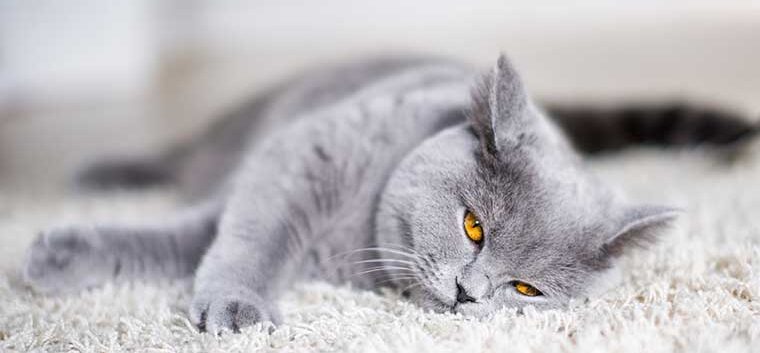
The Russian Blue
The Russian Blue is known for its calm and shy nature. They form strong bonds with their owners and can be very affectionate, making them suitable candidates for one-on-one therapy sessions.
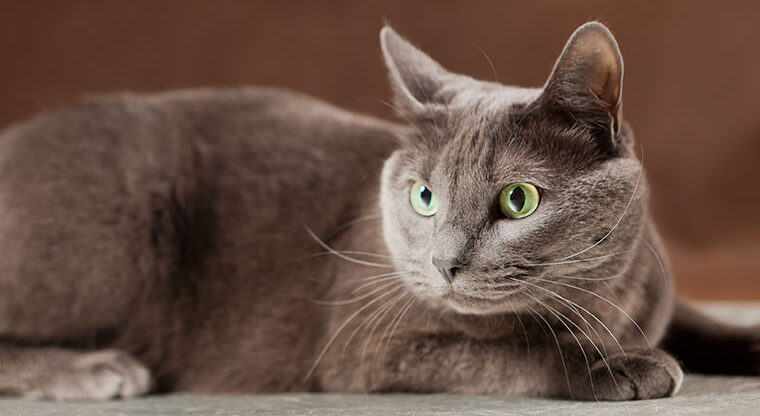
Abyssinians
Abyssinians are known for their lively and playful nature. They are intelligent and curious, making them excellent therapy cats for active environments or working with children.
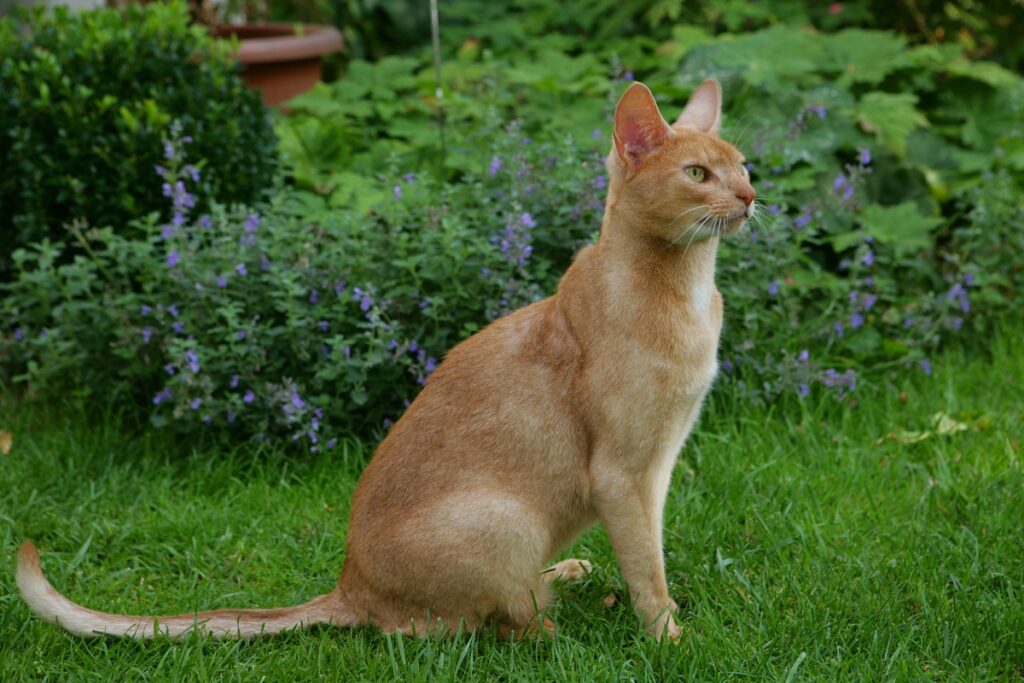
Conclusion
While these breeds can make excellent therapy cats due to their innate qualities, it's important to emphasize that the individual personality and training of each cat are crucial for their suitability in therapy work. A loving, patient, and well-socialized cat of any breed can be a valuable therapeutic companion. The key is that the cat feels comfortable in therapeutic environments and is able to foster positive interactions.








